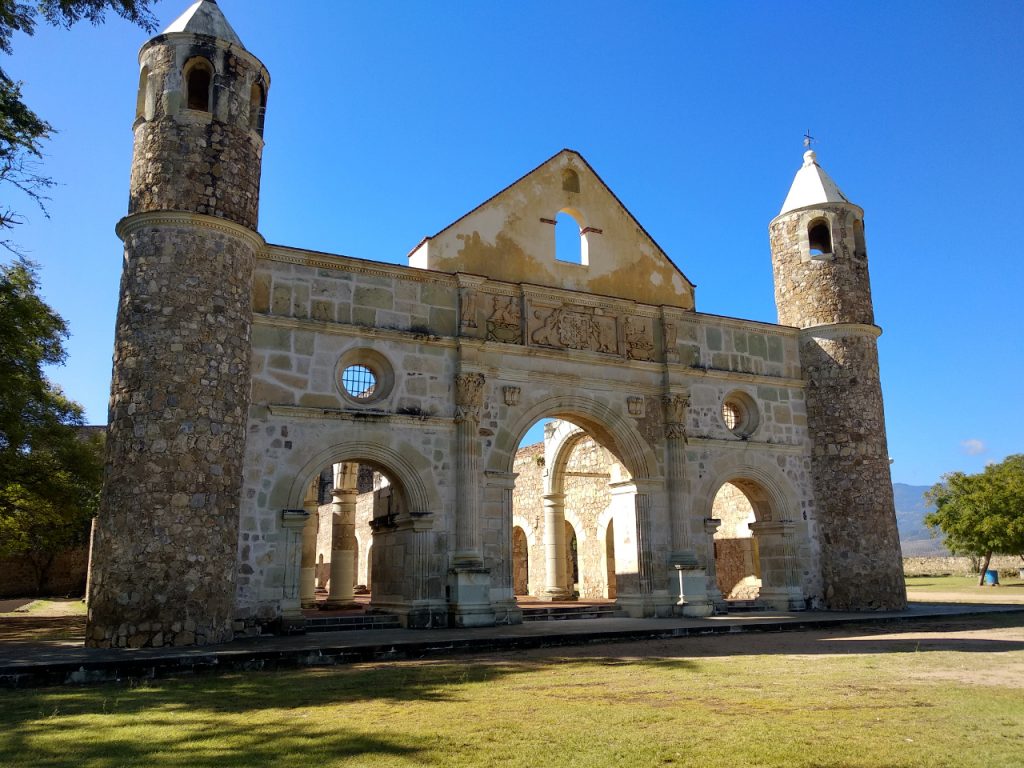Hi there,
We began to investigate what was near Oaxaca and they put this place as a “must”. We asked the receptionist at our hotel, and he told us that there was a bus that would take us. We got into a car that worked as a bus and charged us 20 pesos per person to get there.
Cuilapam is located 10km from Oaxaca, so it takes around15 minutes. We paid the ticket, I don’t remember the price, but it wasn’t more than 50 pesos and we started touring. We were the only visitors that day.
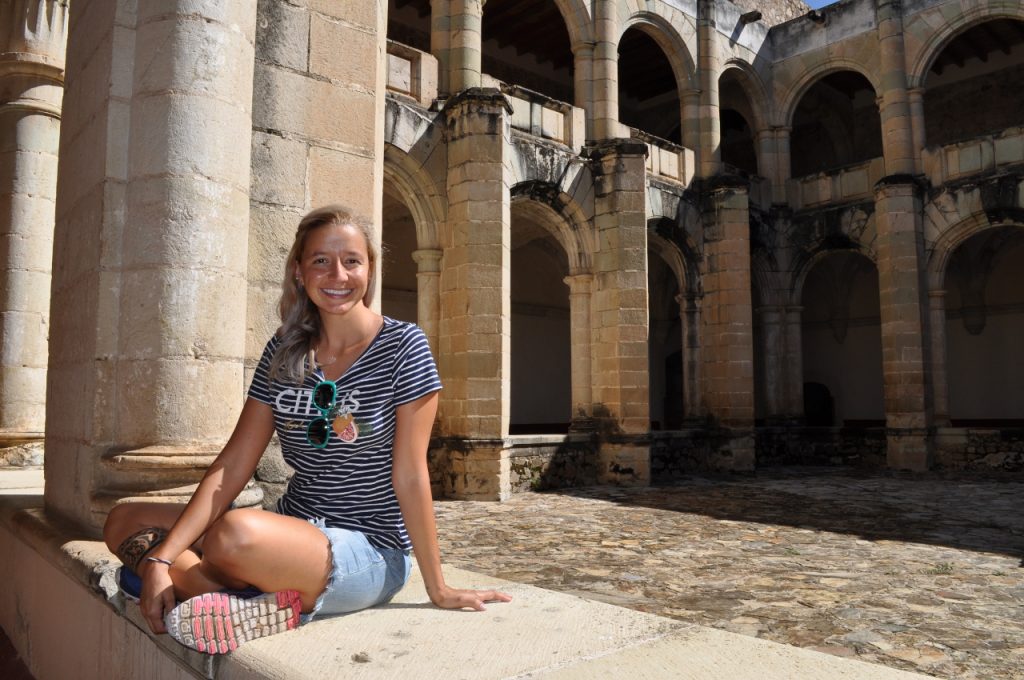
The unfinished monastery of Santiago Apóstol (as it was initially called) was born when the monks of the Dominican order arrived in 1528 and began to build monasteries and churches to convert the indigenous people. This convent was the largest in the region and shows that the settlement was an important cultural and political center of the Mixtec people.
The mission of the monks was to convert as many indigenous people as possible to Catholicism, to make them loyal to the Catholic Church and the Spanish crown. The convent was completely abandoned and left to its own devices in the 19th century.
Construction was never finished as circumstances worsened. Although some attribute it to a kind of bad luck or curse, the main reason was the rapid population decline that took place in the entire area during the 17th century that ended the successful monastic life in the region.
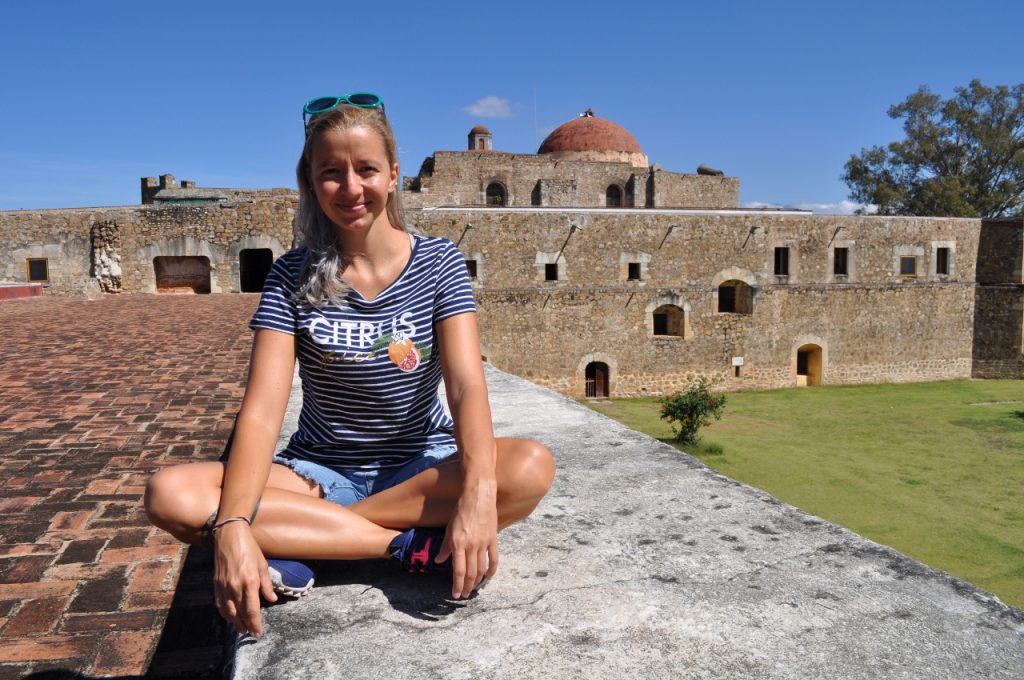
The Cuilapam monastery has all the characteristics of a colonial-era convent, but it has a singularity: the long open basilica with its large number of arches. It’s the first thing you see when you enter the venue. The basilica was left without a roof because the local natives preferred outdoor ceremonies. It was a type of religious construction characteristic of the first years after the conquest of Mexico.
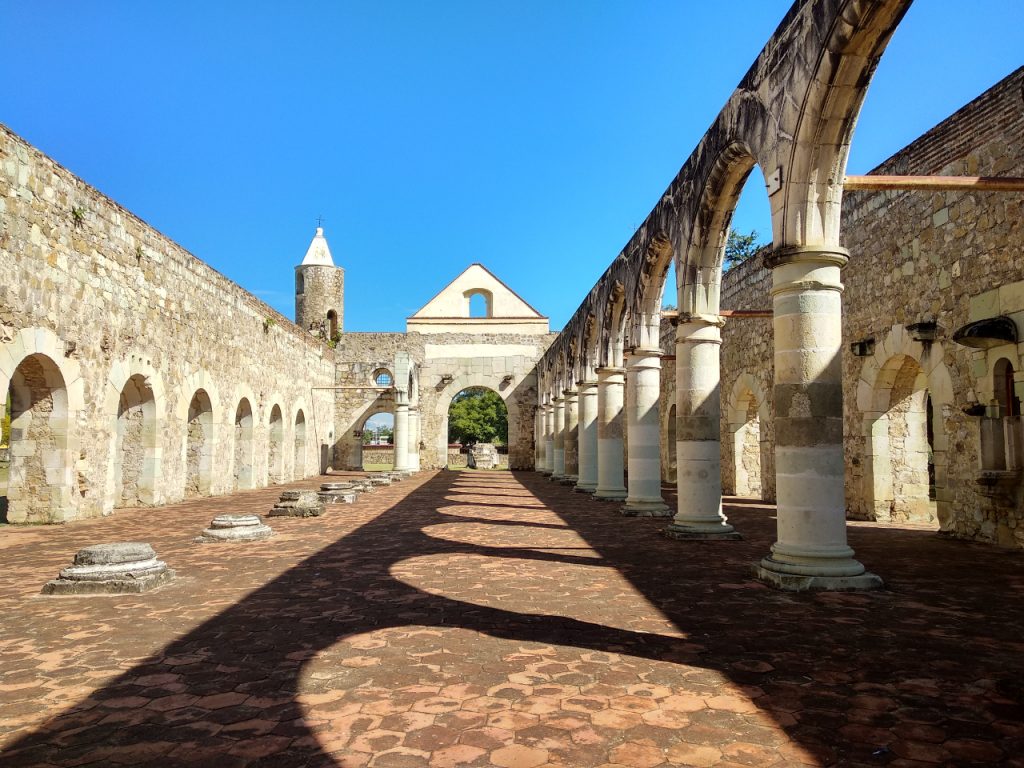
In the church is the tomb of Princess Donaji, daughter of the last Zapotec king. She was one of the first converts to christianity in the area and was deliberately buried in the church to attract new believers.
Reading a little more history on the internet, I found that it was said in many places that this convent was abandoned and in ruins. It is not like this. The truth is that it is very well cared for and inside the convent you can see various rooms in which there are quite a few people from the Museum of Anthropology and History working on the restoration of everything that has been found in the excavations. In fact, in one room there was a table full of skulls.
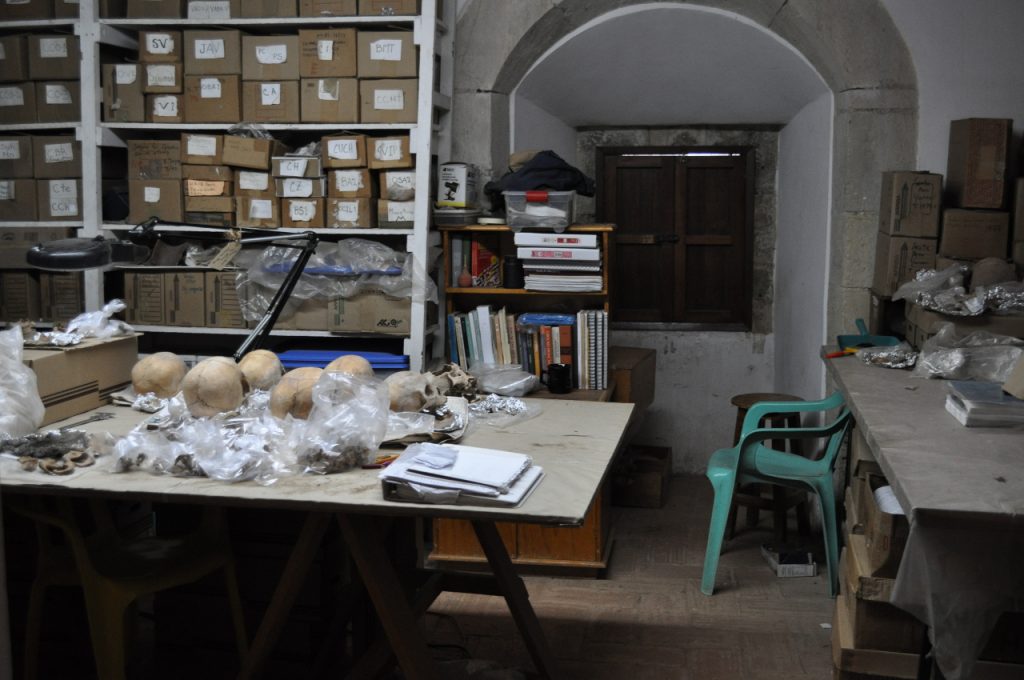
It is a worthwhile visit and if you find it empty like us, you will be able to fully enjoy the place and immerse yourself in history. You can also take a walk through the town and the market.

